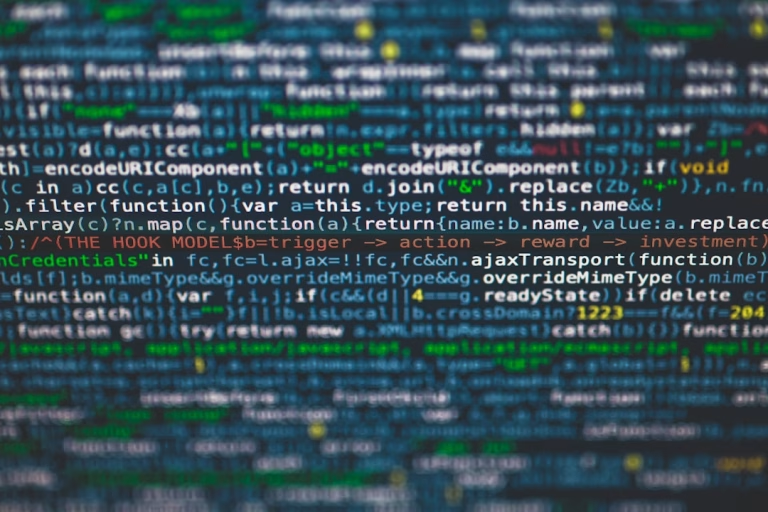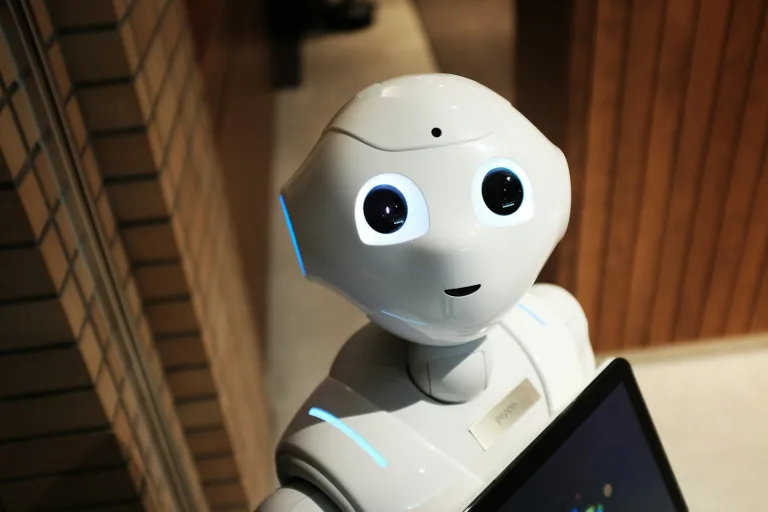Understanding Different Software Development Models
Understanding Different Software Development Models
Hello, fellow tech enthusiasts! Today, we’re going to dive into an engaging topic that’s close to my heart – software development models. Just like all the Lego models I built as a kid, every piece fits together in a unique way, and the same goes for software development. Over the years, I’ve discovered there’s no one-size-fits-all approach to creating software – different projects necessitate different techniques and models. So, buckle up as we explore this interesting space of technology and science!
What Are Software Development Models?
You can think of Software Development Models as cooking recipes for programmers. You’ve got a list of ingredients (requirements), step-by-step preparation instructions (design and coding), and an ultimate dish to savor (the finished software). But like every great chef, programmers need to choose the right recipe for the right occasion. Let’s delve into some popular models:
The Waterfall Model
This is like your Grandma’s traditional cooking recipe – you can’t move on to the next step until you’ve completed the current one. It’s sequential, which means testing follows design, and deployment follows testing. This model is ideal when your requirements are as clear as crystal, but it isn’t very flexible for changes midway. (Source: TutorialsPoint)
The Agile Model
Now, this one is more like modern-day experimental cooking. You’re constantly testing, making quick changes, and serving small dishes (increments) until you’ve got your full-course meal (completed software). It promotes flexibility and rapid delivery of usable software. An experience from my last project still sings praises for Agile. We had a change in requirement midway – boy, oh boy, Agile saved the day! (Source: GeeksforGeeks)
The Spiral Model
The Spiral model is like a potluck where everyone brings something to the table. It combines the design aspects of the Waterfall Model and the iterative nature of prototyping. I remember using this model for a project at my previous job – it was a hit for its risk-driven approach. (Source: GeeksforGeeks)
Wrap Up
These are just a glimpse into the vast universe of software development models. Picking the right model can be the difference between an enjoyable software development process and… well, not so much. Just remember, there’s no defined rule and it’s absolutely okay to tweak the models as per your project needs – I’ve done it countless times!
Until next time, happy programming, folks!






